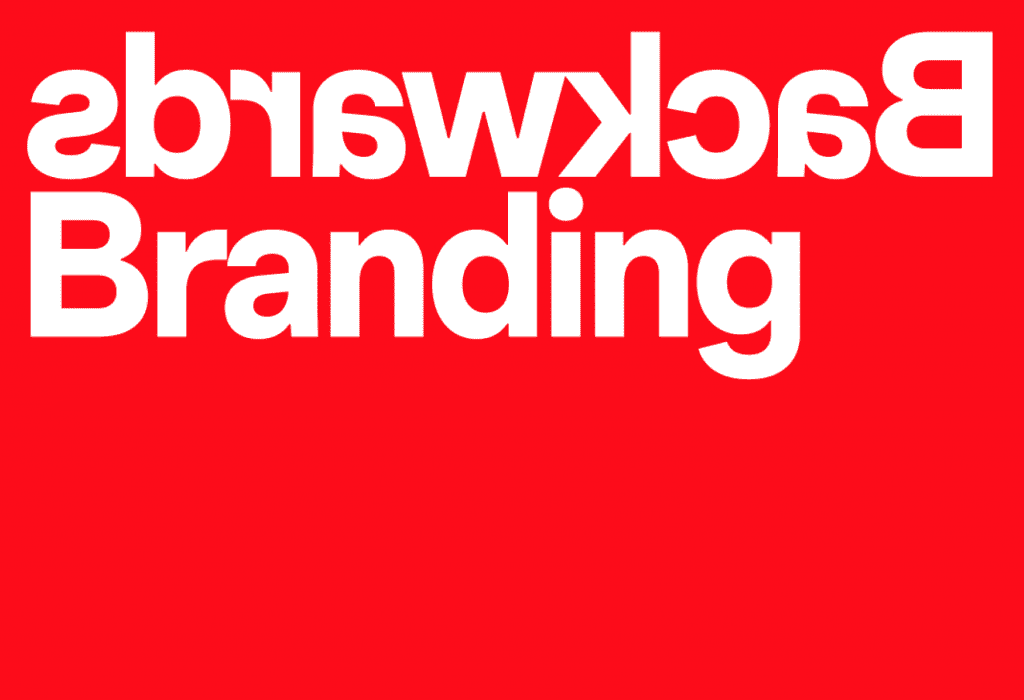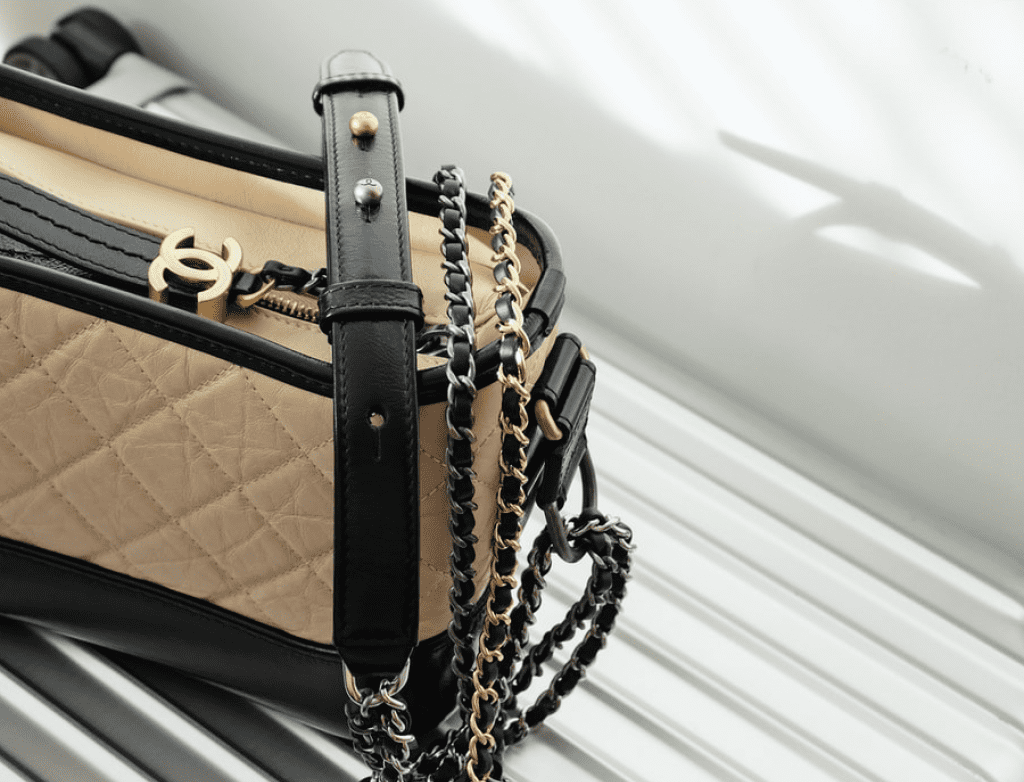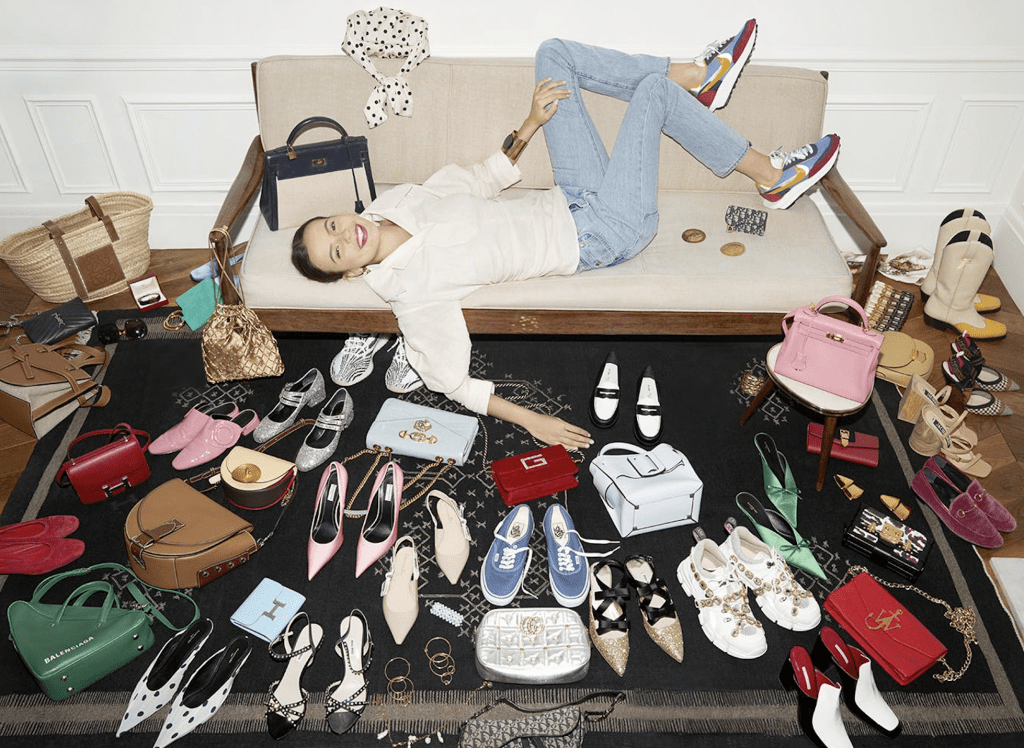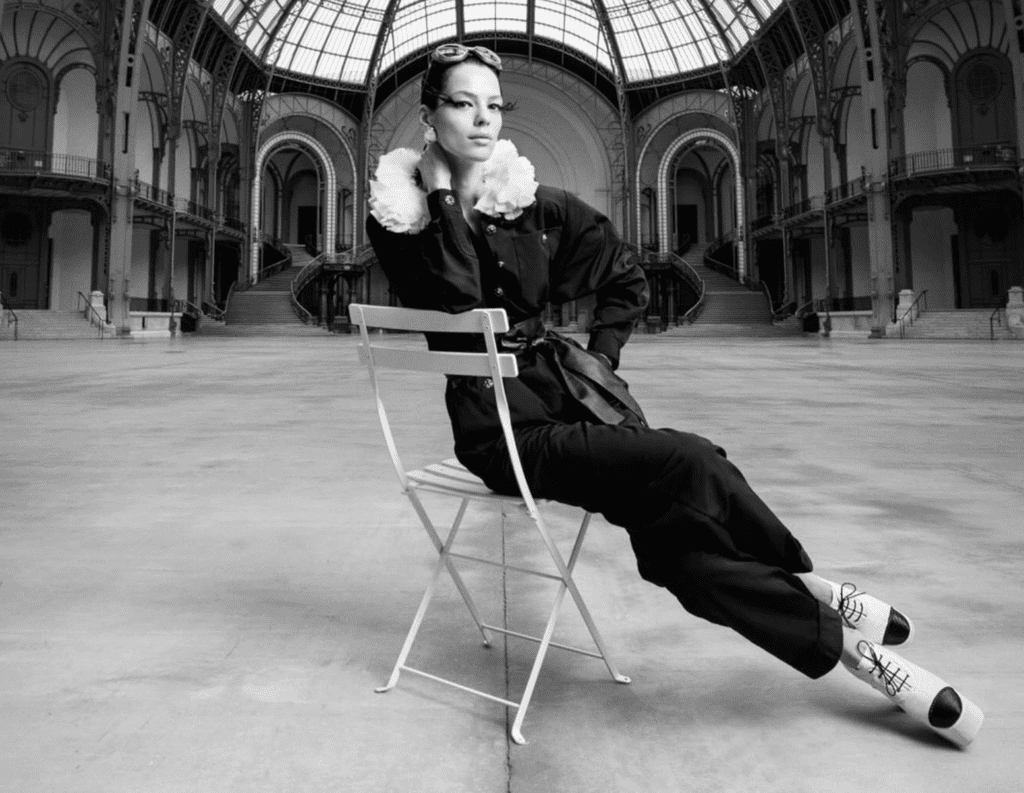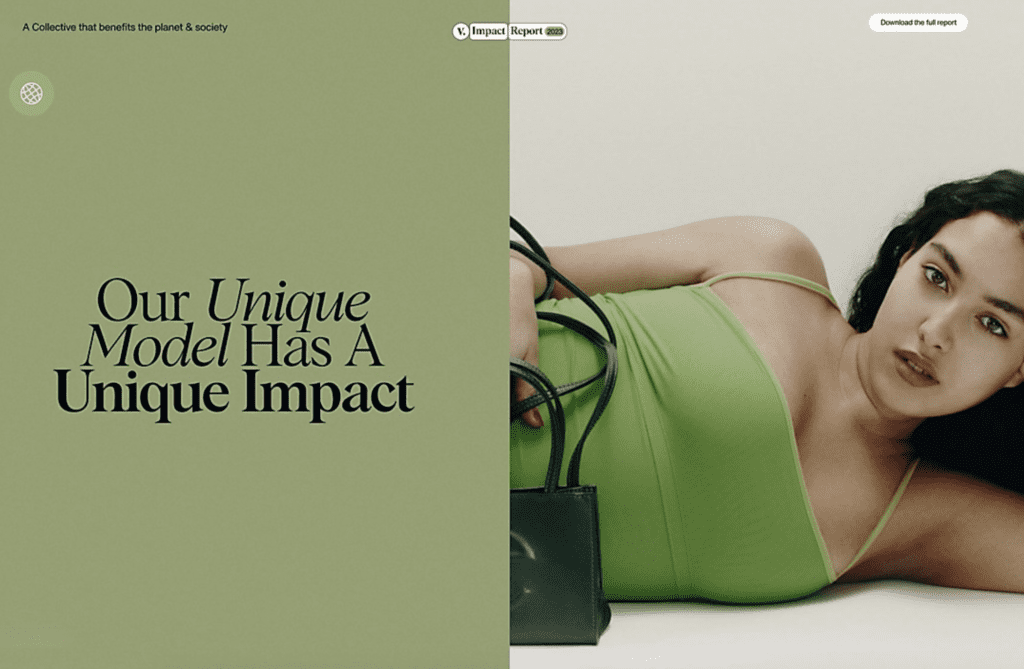Forget the onslaught of sans serifs fonts, which brought about an industry-wide trend of has come to be known as “blanding,” and look (for a moment) beyond the creep-back-in of luxury brands’ traditional pre-blanding logos (as indicated by Valentino’s recent advertising of the return of its “V” logo, which has popped up on no shortage of handbags and other accessories as of late, for instance) and foundational word marks (a recent Saint Laurent-filed of a trademark application for its full pre-Hedi Slimane “Yves Saint Laurent” stylized mark for use on face masks, comes to mind). Amidst chaotic circumstances and an uncertain future, some founders and brand leaders are doing the exact opposite of everyone else. And, it is working.
The traditional branding (or rebranding) process follows a linear path. Plenty of PowerPoint presentations meticulously mark milestones in an exact order from brand strategy, identity, and brand guidelines. At the end of the process, only after all the groundwork is laid and approved, design deliverables such as packaging, collateral, and digital platforms can be produced. It is a logical, linear pattern and for years it has remained the unquestionable, only-in-that-order path to success within most branding agencies.
This method makes sense. It gradually builds trust and reassurance. At the same time, though, this process demands two hard-to-come-by luxuries in order to be successful: time and resources. Not to mention this by-the-book way of working sounds nothing like the daring origin stories told by brand leaders. The ones who built castles from crumbs and made steadfast strategies from conversations with customers in checkout lines. It makes me wonder, what could we change to be more relevant today? In an effort to find out, we have inverted the process to create from the outset and brought several bold brands along with us. By breaking with the fixed formula for creativity, we are embracing what I call, backwards branding.
Backwards Branding, a definition
If I were to dissect it, I would find that backwards branding is genetically similar to the traditional branding process. Except we have flipped it on its head. This method begins with the actual creation and design of one specific, concrete touchpoint of the brand (a pack, a website, an app, or any other brand item). All while incrementally growing or transforming the entire brand from there, using consumer insights as guidance.
It is not a shortcut just for the hell of it. By supporting, but not standing in the way of a brand’s mission, the value of this approach lies in the ability to focus on and unlock potential within a single touchpoint.
While redesigning the packaging for a famous, French skincare company last year, we redefined their entire brand by redesigning the product first. Despite being open to changing absolutely everything, the founders could not be bothered with introductory discussions regarding global strategy, key brand assets or guidelines to begin. This was disorienting at first. Essentially, they asked us to make what we are good at, without using our traditional recipe. The craving caught on seeing as 10 new packaging lines are now in production and the success of the redesign has influenced the entire brand as a result. A new symbol, typeface, updated logotype, new color ranges by way of a new approach.
Beyond the packaging, the client is now using these new assets in their stores, across their communications, their digital tools and on social media. By focusing on the tangible items they are known for, we used our design sensibilities and constructive client sessions to rebuild the brand outside-in.
The beauty in backwards branding is its breadth and range of possibilities. In an ongoing attempt to find its weaknesses, we have used the approach on several brands in a handful of industries over the last year. No proverbial flat tires came about when an electric bike company called to collaborate with us on verbalizing their brand story. Without wait, we got to work by creating short films fit for social media – a direct-line to their audience. No legacies were lost when we brought a 180-year-old luxury leather goods brand up-to-date by launching an e-commerce platform with improved user-experience features, leaving their time-honored brand assets unchanged.
“The Backwards Branding method begins with the actual creation and design of one specific, concrete touchpoint of the brand (a pack, a website, an app, or any other brand item). All while incrementally growing or transforming the entire brand from there, using consumer insights as guidance.”
It is not exactly airborne, but backwards branding has taken to 2020 and all of its atypical traits quite effectively. When a contemporary art museum was faced with the ultimatum to cancel due to the pandemic, we did the Darwinian thing and adapted. The concept of an online exhibition makes most people think of endless photo carousels. So rather than trying to reproduce the physical experience, we collaborated with the museum director and the curator to develop a more ambitious web experience by mixing art and social media. Visitors create an avatar before exploring the show as they wish, interacting with other patrons from across the globe in real time.
This ambitious project proved more effective than any rebranding would. After all, we created a celebration of the art, but also a brand new digital experience fit for the culture and the time.
Backwards, not Disordered
What I am talking about here is risk-taking. Expressly different from mess-making. While it may be an ongoing process, I have managed to pinpoint several conditions to make backwards branding successful …
– Close collaborators required. If time is so precious, we cannot rely on a “create, then wait” process. As the builders of the company’s vision, collaborating with the founders or executive team gives us permission to proceed without the need for approval periods or a strategic document. They are the Swiss Army knife of the operation – creative thinkers with the authority to answer questions quickly and confidently;
– Second-guessing is sidelined. Fact-oriented and action-driven people will have a heyday with backwards branding. This is not to say that creative thinking is unwelcome. But if our objective is to get concrete design concepts as fast as possible to test or launch the solution in the real world, then course correction will have to come second;
– The consumer is key. You may very well have a good idea on your hands. It sounds like, looks like, even walks like a good idea. But it does not work if it is not beloved, trusted and relied on by the people who use it. People, not process, will build and define your brand most of all; and
– You better believe it. No, really. Clients must also believe that focused projects will do more for their brand than order, control or guidelines. Brands are dynamic entities, subject to multiple influences and constant change. Which is a process that can accelerate by building the brand outside-in.
Have we found ourselves a new panacea? Perhaps. While it may not be the right approach for bureaucratic corporations, big business brands or, frankly, any brand guided by a boardroom, backwards branding is a well-timed alternative. We cannot abandon our tried and true process (or its corresponding PowerPoint presentations) altogether. After all, we now know both routes have different advantages and audiences.
As for the brave and bold brand leaders looking to create more of a cultural impact with less, doing it backwards is certainly the way forward.
Thierry Brunfaut is the Creative Director and a Founding Partner of Base Design, an international network of studios led by creatives in Brussels, New York, Geneva and Melbourne. (Intro courtesy of TFL)




